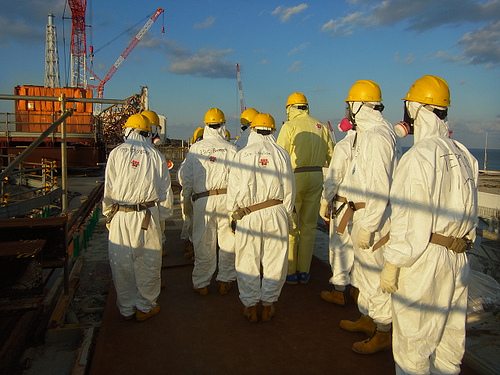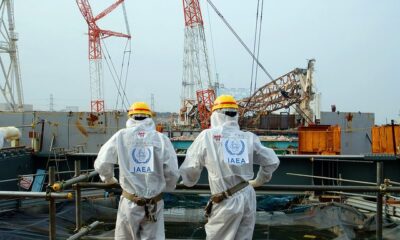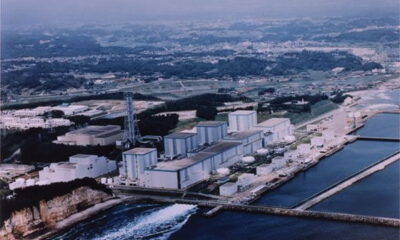

Energy
Fukushima clean-up reaches critical point
Tokyo Electric Power Company (Tepco), the operator of the Fukushima nuclear plant, has entered a critical stage of the clean-up operation as it prepares to remove 1,500 fuel rods from one of its reactors.
The operation, which requires specialist machinery and equipment to carry out, is only possible in one of the reactors because radiation levels are relatively low. It is part of the decommissioning process of the plant, which was devastated by the tsunami that hit back in 2011.
During the tsunami, reactor number four exploded, and although the building is still not entirely stable, scientists have begun this next process as part of the decommissioning of the plant, which is expected to last around three decades. When removed from the fuel pool, the rods will be taken into safe storage.
Reactors one, two and three are said to be still too dangerous to even consider starting the decommissioning process due to extremely high volumes of radioactive matter.
The clean-up operation at Fukushima has suffered several blows in recent months, with numerous leaks, spillages and incidents involving radioactive waste seeping into the sea. Most recently, heavy rain caused one of the storage tanks to overflow, and Tepco was criticised for not handling the situation properly.
The incidents come despite Japanese prime minister Shinzo Abe promising to implement “firm measures” to stop the leaks.
The delay is expected to take an extra three years, meaning that more than 20,000 people are unable to return to their homes.
Further reading:
Fukushima clean-up delayed by three years
Japan ramps up danger levels of Fukushima water leak
Japan declares ‘emergency’ over radioactive water spill at Fukushima nuclear plant
Japanese government takes control of Fukushima nuclear plant
































